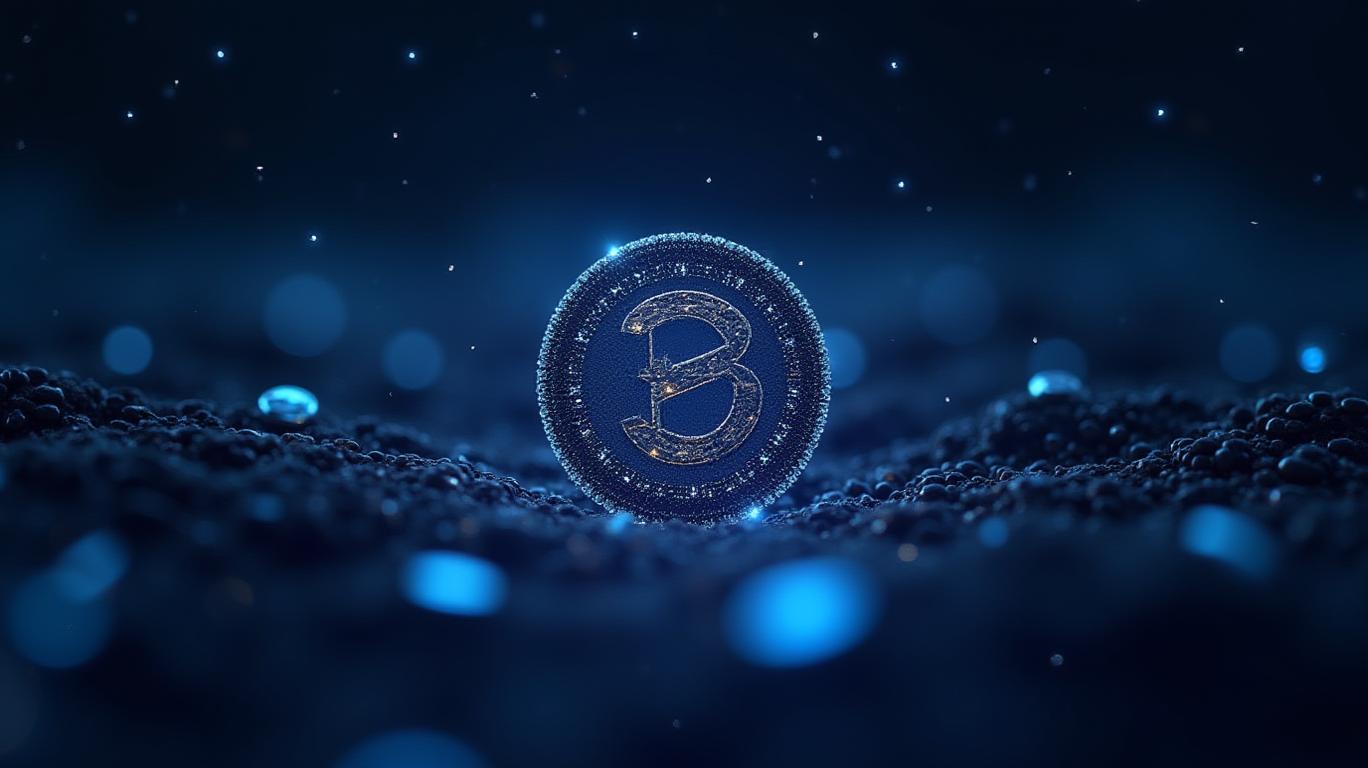AInvest Newsletter
Daily stocks & crypto headlines, free to your inbox
Solana co-founder Anatoly Yakovenko recently shared insights on Dynamic
v2, highlighting its dynamic fee scheduler as an effective mechanism to mitigate sniper trading risks. Yakovenko compared this scheduler to a reverse Japanese auction, emphasizing its simplicity and speed in controlling fees. This update aligns with Meteora Network's announcement of the full integration of DAMM v2 pools, which are now accessible on platforms such as Axiom Exchange, Photon, Jupiter Exchange, and Dexscreener. This integration makes DAMM v2 available to all projects within the Solana ecosystem, enhancing liquidity management and control over transaction fees.Dynamic AMM v2 is a new automated market maker program designed to improve liquidity management. Unlike its predecessor, this version is a standalone implementation that offers more control over transaction fees. A key feature is the LP Fee Scheduler, which gradually reduces fees over time, acting as a deterrent to automated sniper trades during launch events. Pool creators can set provider fees that decrease after launch, providing greater flexibility for liquidity providers and token launch platforms. This program supports both SPL and Token 2022 token standards, enabling features like transfer fee extensions and metadata pointers. Users can leverage newer token functions across the Solana ecosystem, and the program introduces a concentrated liquidity model for higher capital efficiency. Liquidity can be focused within specific price ranges to improve returns, offering a level of control not available in traditional AMM systems. Developers can tune these settings to match their project needs flexibly, supporting optimized capital use across various market conditions and cycles.
Dynamic AMM v2 uses position NFTs instead of standard LP tokens for liquidity tracking. Each non-fungible token represents an individual liquidity position in a pool, allowing users to transfer these NFTs between wallets easily and securely. This approach enables new secondary markets for liquidity positions in the future, marking a major architectural change in user participation tracking and management. Pool creators gain more control over position flexibility and trading options, potentially reshaping liquidity pool interactions across decentralized finance platforms. Users may benefit from more transparent and transferable liquidity positions.
DAMM v2 introduces customizable fee structures for volatile markets, allowing creators to set a base fee plus a variable component based on volatility. This structure can maximize returns for providers during price swings. Fee collection is now separate from liquidity withdrawal processes, enabling providers to claim fees independently using preferred tokens like SOL or USDC. This change simplifies reward management for liquidity suppliers across pools and helps reduce complexity in multi-token reward distribution systems. Pools now support more granular fee and reward configurations for teams. Additionally, DAMM v2 includes flexible liquidity lock options for pool creators, which can be permanent or subject to custom vesting schedules. Fee claims remain accessible despite liquidity being locked in pools, balancing long-term commitment with ongoing reward access for participants. The program integrates a built-in farming mechanism directly into its code, streamlining setup and reducing external dependencies for protocols. Teams can deploy pools faster without requiring additional farming infrastructure.
Unlike earlier versions, DAMM v2 does not integrate with Dynamic Vaults. Each liquidity pool now uses dedicated accounts for swap instruction processing, improving transaction efficiency and lowering computational resource costs. Solana co-founder Anatoly Yakovenko’s praise for the rollout highlights the continued progress in the blockchain space. As part of this wave, Meteora Network aims to build customizable infrastructure for decentralized trading protocols, leading to the creation of programs like the DAMM v2. This development underscores the ongoing innovation and improvement in the Solana ecosystem, providing more robust tools for liquidity management and fee control.

Quickly understand the history and background of various well-known coins

Dec.02 2025

Dec.02 2025

Dec.02 2025

Dec.02 2025

Dec.02 2025
Daily stocks & crypto headlines, free to your inbox
Comments
No comments yet